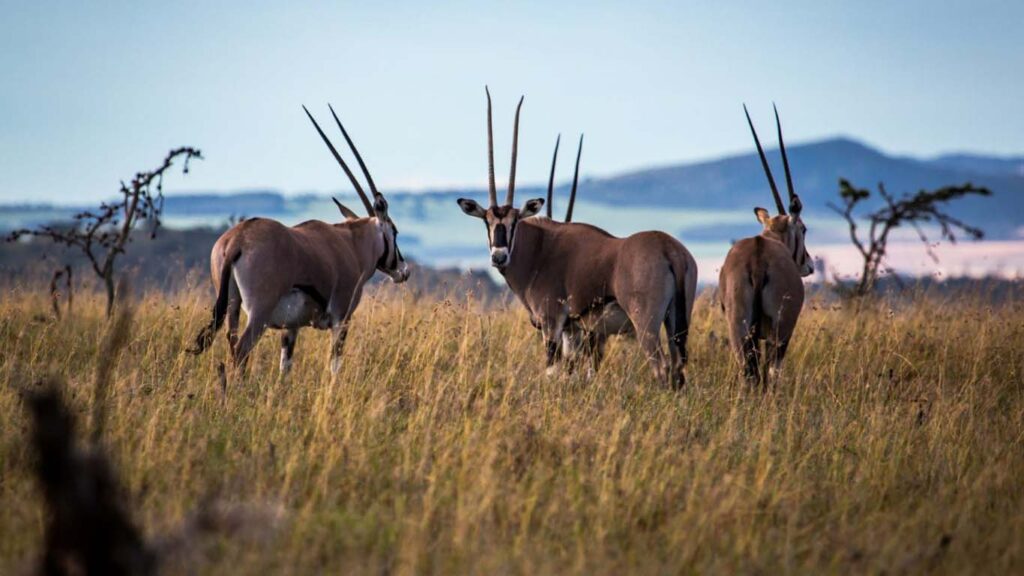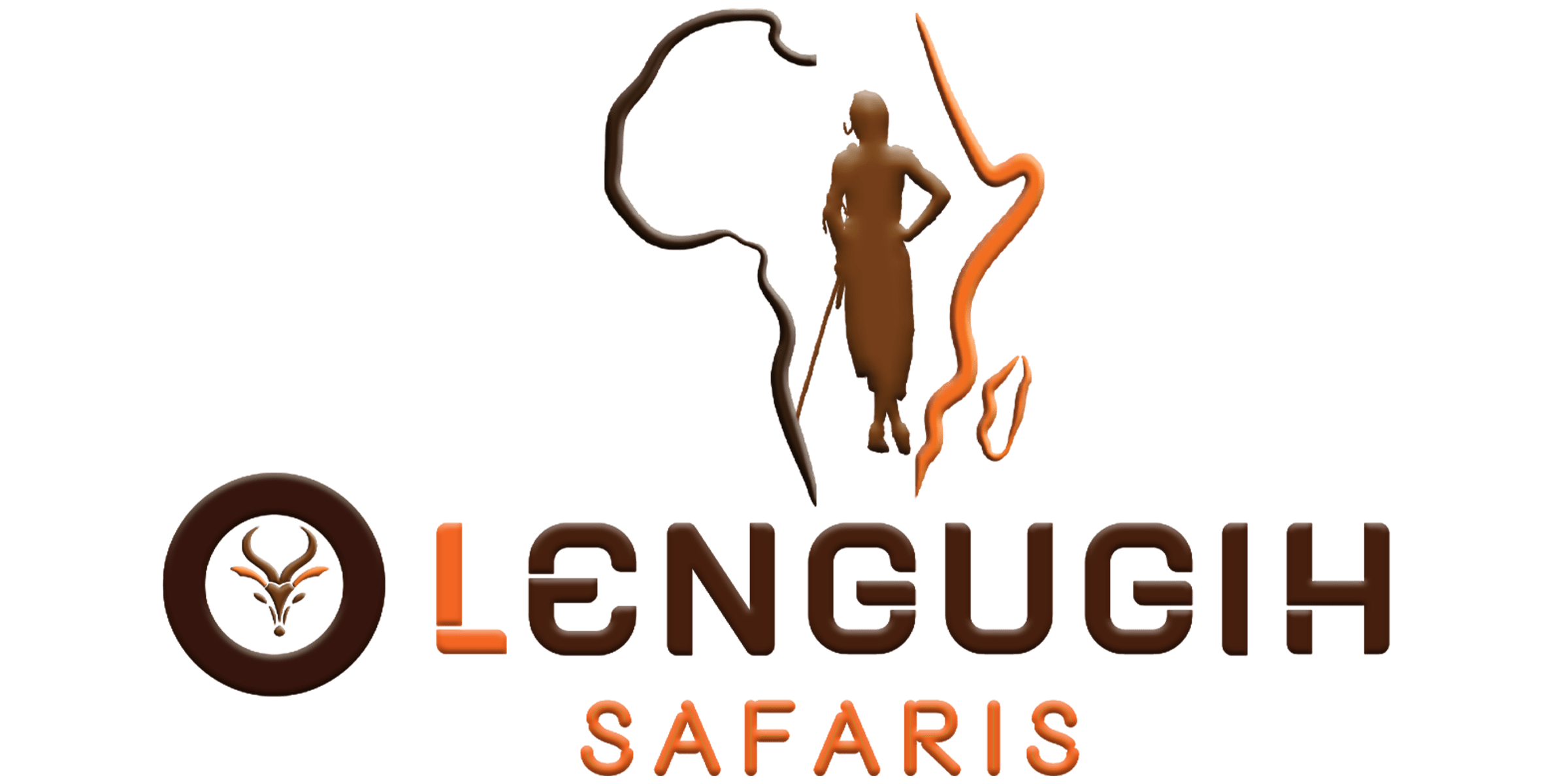Borana Conservancy is one of Kenya’s leading conservation areas, offering a unique blend of luxury safaris, wildlife conservation, and adventure. Located at the foothills of Mount Kenya, it spans over 32,000 acres of unspoiled wilderness. The conservancy is part of the Lewa-Borana Landscape, one of Kenya’s largest rhino sanctuaries. It plays a crucial role in protecting black and white rhinos, lions, elephants, and other endangered species.
Borana is a Big Five destination, home to elephants, rhinos, buffalo, leopards, and lions. Its vast landscapes, ranging from savannah plains to thick forests, offer stunning views and diverse ecosystems. The conservancy operates on a sustainable tourism model, ensuring that all tourism revenue goes directly into conservation efforts.
Borana Conservancy is a stronghold for rhino conservation, with both black and white rhinos roaming freely. It works closely with Lewa Wildlife Conservancy to maintain a safe and thriving habitat for these endangered species. Anti-poaching efforts and community engagement have made Borana a leader in conservation.
In addition to rhinos, Borana is home to large herds of elephants, big cats like lions and leopards, and a variety of antelope species. The conservancy also supports a rich birdlife, making it a great destination for birdwatching.

The best time to visit Borana Conservancy is during the dry seasons (June to October and December to March) when wildlife viewing is at its peak. The green season (April to May and November) offers lush landscapes and fewer crowds.
Borana Conservancy is accessible via a 1-hour flight from Nairobi to Lewa Airstrip, followed by a short drive. It is also reachable by road (5-6 hours from Nairobi).
Borana Conservancy is a must-visit destination for wildlife lovers, conservation enthusiasts, and adventure seekers. With Big Five safaris, horseback adventures, and strong conservation efforts, it offers an unforgettable safari experience in Kenya.
WhatsApp us
